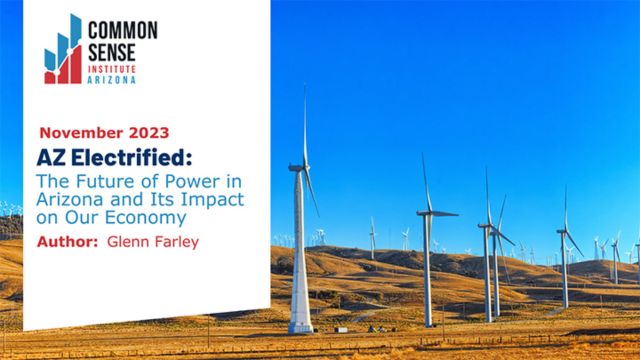Protests are escalating against the proposed gas-fired power plant in Fort Mohave, a rural community nestled in Arizona’s Mojave Desert. This region, renowned for its abundant sunlight, saw county officials enact a moratorium on new renewable energy projects last October.
Shortly after this vote, the Mohave Electric Cooperative (MEC), based in nearby Bullhead City, initiated steps to construct natural gas turbines, just about 100 miles south of Las Vegas. Situated in one of the nation’s sunniest expanses, this peaker plant aims to generate 98 megawatts of electricity, straddling the threshold that triggers a committee under Arizona law to engage with stakeholders.
However, residents living within half a mile of the proposed site, particularly those in the Valley View at Sunrise Hills neighborhood, feel sidelined in the decision-making process. Organizing under the banner “Not in Any Neighborhood,” predominantly retirees voice strong opposition to the plant’s proximity, citing concerns about its environmental impact and the potential threats it poses to their health, safety, property values, and overall quality of life.
Patrick Ledger, executive vice president and CEO of the Arizona Generation and Transmission Cooperatives, which encompasses MEC, asserts the necessity of the project to ensure affordable and reliable energy in the region. He clarifies that the initiative is distinct from the ban on solar energy, which is slated to lapse in June. Being a local utility, MEC operates under different regulations, exempt from the ban that encompasses wind projects and applies solely to private land.
Expanding the narrative beyond immediate concerns, the situation prompts broader reflections on the trajectory of clean energy transition. Erecting another fossil-fueled power plant in an area teeming with solar potential raises poignant questions about the commitment to combat climate change through renewable energy solutions.
Sandy Bahr, director of the Grand Canyon Chapter of the Sierra Club, denounces what she perceives as utilities exploiting regulatory loopholes, leading to adverse environmental and health outcomes. She underscores the urgent need for robust safeguards against polluting projects, advocating for a swift transition to cleaner energy sources.
Despite MEC’s claims of employing cleaner and more efficient technologies, skepticism persists among environmental experts. Lucas Henneman, an environmental engineering professor, challenges the notion of gas turbines as a viable long-term solution, stressing the imperative of prioritizing renewable alternatives in combating climate change.
The utility’s promotional materials tout the project’s benefits for essential services, but critics question this narrative, highlighting discrepancies between the intended purpose of peaker plants and the realities of power distribution in the region.
Troy Rule, a law professor specializing in solar energy, identifies a troubling trend wherein local opposition becomes a barrier to renewable energy initiatives. He argues for a reevaluation of energy strategies, emphasizing the viability of renewables over fossil fuel reliance, particularly in regions like Mohave County with abundant solar resources.
The conflict underscores broader tensions between economic interests, environmental concerns, and community well-being. Residents, empowered by grassroots organizing, continue to challenge the project’s legitimacy, engaging legal avenues and mobilizing public support to safeguard their interests and the environment.
As the debate rages on, the fate of the proposed gas-fired power plant remains uncertain, emblematic of the broader struggle to reconcile energy demands with environmental imperatives. The community’s resilience and activism serve as a testament to the enduring commitment to preserve their way of life and safeguard the planet for future generations.

